Nissan Stagea: Overhyped? #blogpost
During the mid 1980’s Nissan was developing two engine families which would become the basis for the 90’s Japanese sports cars. These were the RB straight six and the VG V6 engines.

During the mid 1980’s Nissan was developing two engine families which would become the basis for the 90’s Japanese sports cars. These were the RB straight six and the VG V6 engines. In turbo form, these engines were on the edge of 280HP - the limit of what was the Gentleman’s Agreement at the time.
Although they are best known in sports cars, the RB and VG were also used in more family-friendly sedans such as the Cefiro, Laurel,Skyline, Gloria, Cedric, and Leopard - the Cefiro later jumped from the RB to the VG.
That was a lot of options from one company in the sedan market, however the market for a sporty stationwagon was relatively untapped and only Subaru had utilised this; Mitsubishi was quick on the case with the Libero GT and Legnum VR4.
Thus it was only natural that Nissan would want a share of the market. In 1996, one month after the release of the Legnum, the Nissan Stagea was available to purchase in Japan.
But is it as good as everyone thinks?
First of all let’s take a look at what we all know.
It’s a sports wagon, it has the suspension, engine, gearbox, and 4-wheel-drive layout of the R33 GT-R, and it was in Gran Turismo, so it must be great…
Unfortunately that wasn’t always the case.
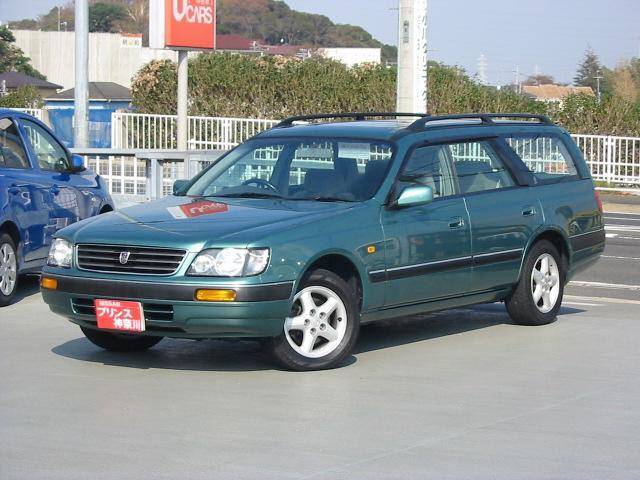
To begin, let us take a look at the different trim levels:
The Nissan Stagea lineup consists of the 25X, 25G, 25X Four, 25RS Four, RS Four and 25T RS Four (up until the VQ generation).
Only the last two variants of that list were powered by the RB25DET; Autech took the RS Four to make their 260RS.
Later models used the same VQ series of engine as most other RWD Nissans made between 2003 and 2014.
Let’s also remember that not everyone in Japan is interested in speed - most were powered by the same RB25DE as the 25GT R34, and many Stageas were bought as family wagons or work vans where it didn’t make much sense to use a turbo car.
As they were leaning towards the luxury market, it was very rare to see a manual transmission in a Stagea. In order to get a manual transmission, you would have to purchase a 4WD and have it turbocharged. Even then, it wasn’t until 1998 that Nissan offered the 5-speed manual in the Stagea.
In the M35 generation, only the Autech Axis offered the optional 6-speed RWD.
Also note that the RB25DET in the Stagea only had 231HP from factory until August 1998.
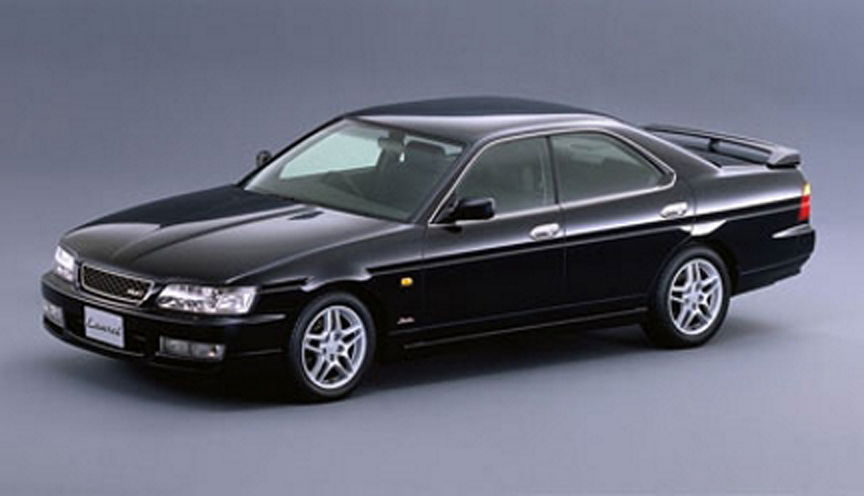
Is it actually the “Skyline Wagon”?
If we take a look at the chassis code we can see that it is a WGNC34. You may or may not know that only the last letter represents the chassis, for example BCNR33 means 2.6L engine with 4WS and 4WD on an R33 chassis.We can decipher than N is 4WD (also note the RWD Stageas are WGC34), and WG could mean wagon.
So what is the C-part?
Looking at other Nissans, we can ascertain that C is the chassis code for the Nissan Laurel. So does this mean that the Stagea is the Laurel wagon?
Possibly.
The WGC34 Stagea and C34 Laurel both have a wheelbase of 2720mm while the R34 Skyline has a wheelbase of 2665. You can also point out that both the C33 Laurel and R33 Skyline have a wheelbase of 2720mm, however those are both previous generation.
It is also worth noting that the suspension will not swap straight into a Skyline unless you swap the top hats, and even then it only fits in Skyline sedans. It does however fit into a C34 Laurel…
Sorry to take away your bragging rights, but this isn’t necessarily a bad thing; the Nissan Laurel is a well-known drift car in countries that were lucky enough not to have banned them (alongside the Toyota JZX), and the C130 generation is a highly sought after rarity.
Should you buy one?
If they are abundant (like in NZ or Japan), then you can pick one up as cheap as $2000 - but remember it might not be 4WD or turbocharged, and at that price it will have softer suspension meaning it leans into corners much like a TX Subaru Legacy. It will also have a cloth interior resembling a Legacy, and the whole rear interior is reminiscent of… a Legacy. As I mentioned above, many were n/a fitted with either the RB20DE at 152HP or the RB25DE at 197HP.
However luxury spec can have leather seats and turbo variants are likely to have stiffer suspension, meaning not all are as bad as the one I drove.
Having inspected a bad example, common problems you may encounter include rust around the mirrors and doors, oil leaks from the valve covers, sluggish gear changes in the auto, steering rack might whine and may die soon after, and cambelt needing replacement around 250,000Km.
Considering many countries banned them or didn’t import them used, sourcing parts can be an issue. They were rarely manual, however you could still use the gearbox and pedals from other RB Nissans if you don’t mind not having a centre console.
The RB25DET will have the same parts and tune-ability as the Skyline and Laurel, however the Stagea weighs up to 1620Kg in turbo-4WD layout, or 1720Kg for the Autech 260RS. Just for reference, the heaviest R34 sedan weighs 1490Kg while the heaviest BH5 Subaru weighs 1560Kg.
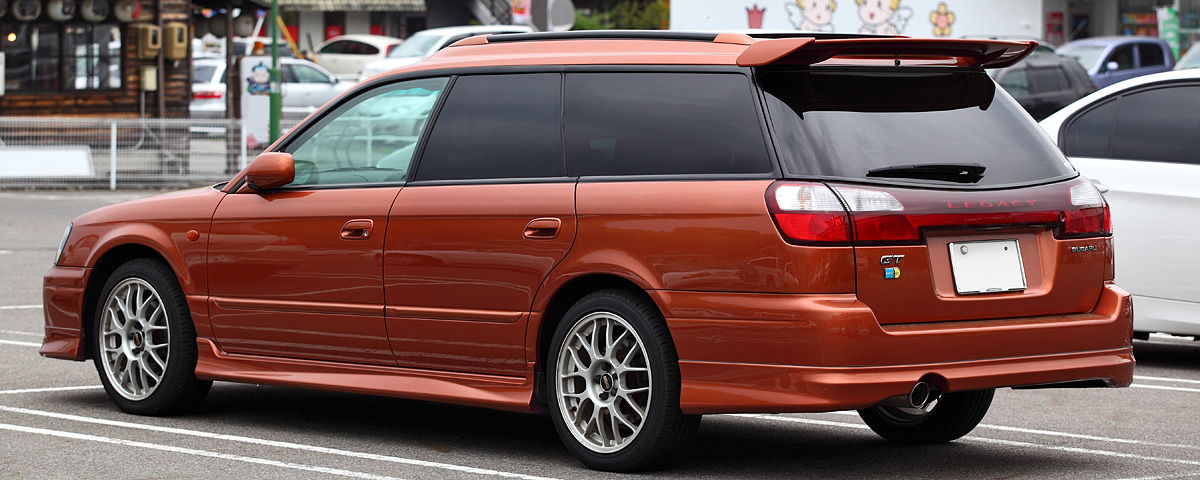
My recommendation: Don’t go for “street cred” - this is where you make mistakes that may leave you shaking your head (like stickerbombs, or the garden hedging riveted to your front bumper). The novelty of owning a rare/cool car does wear off eventually, and you will start noticing how sluggish and boaty it feels after a while of owning.
Instead of buying a Stagea, how about a Subaru GTB E-Tune or Blitzen. They have the same practicality, space and speed, and only weigh 1490Kg. Also there are more around and many of them came off the production line as a manual. Just make sure you get one with a bonnet scoop - you will thank me later.
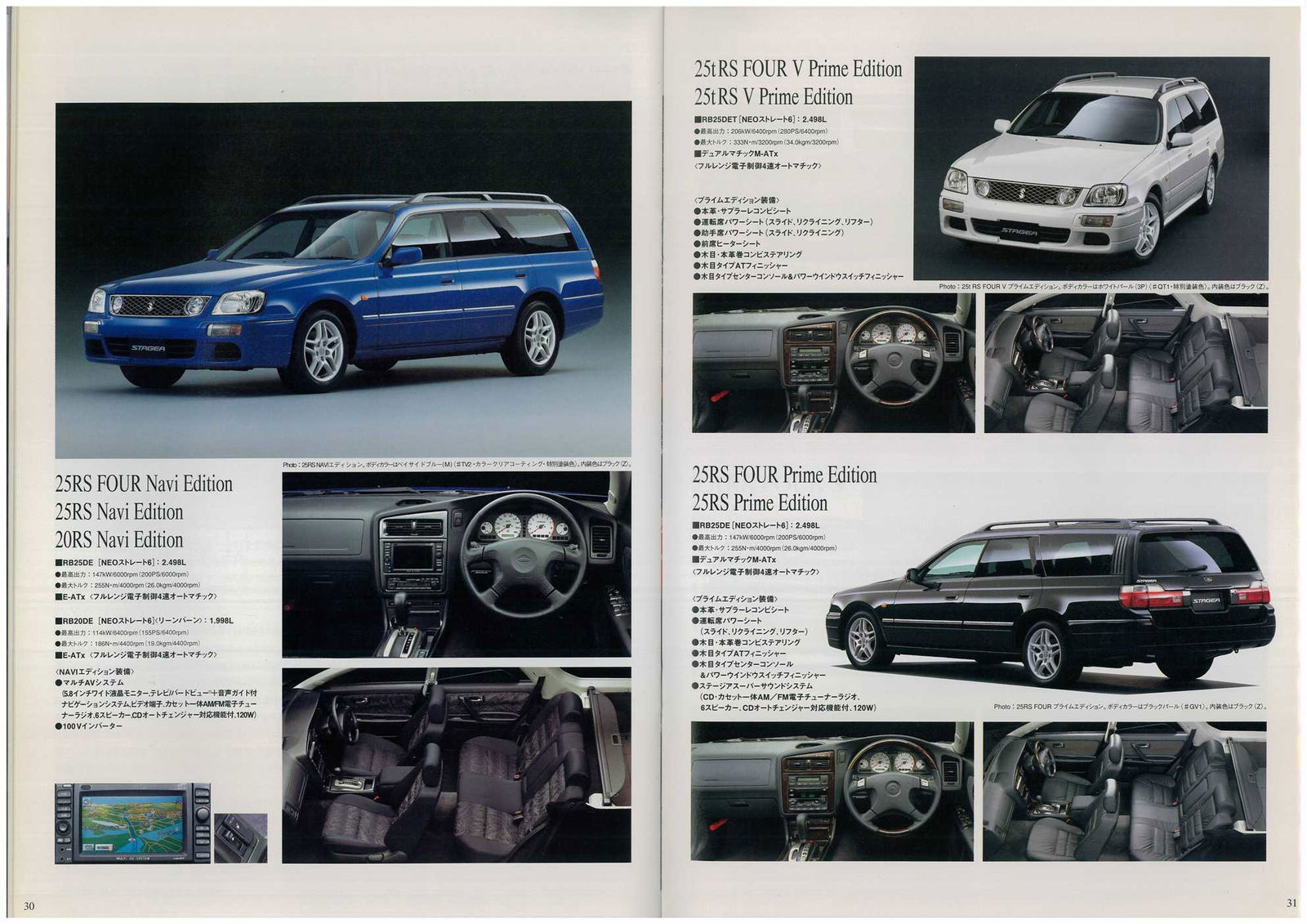
This content was originally posted by a Car Throttle user on our Community platform and was not commissioned or created by the CT editorial team.





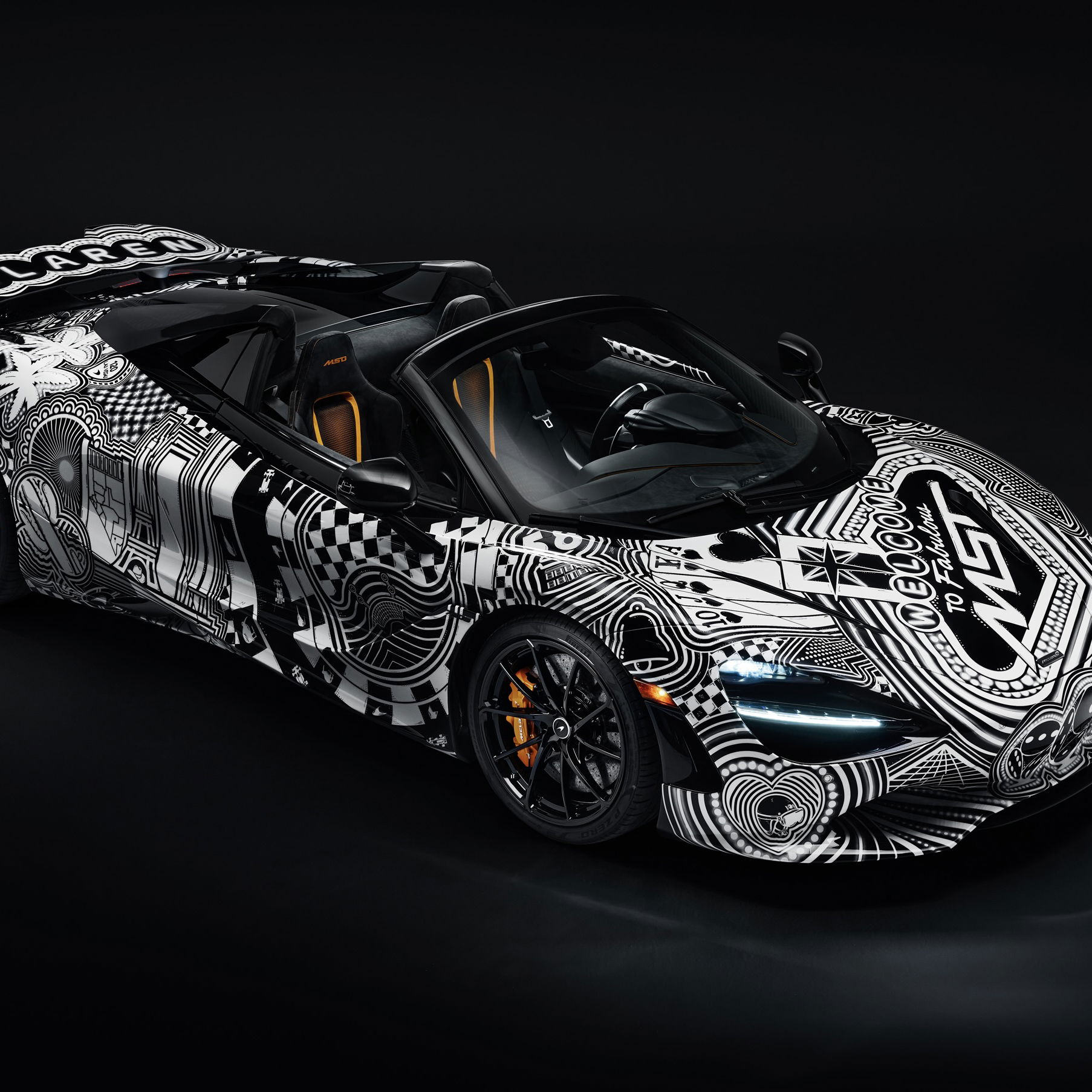
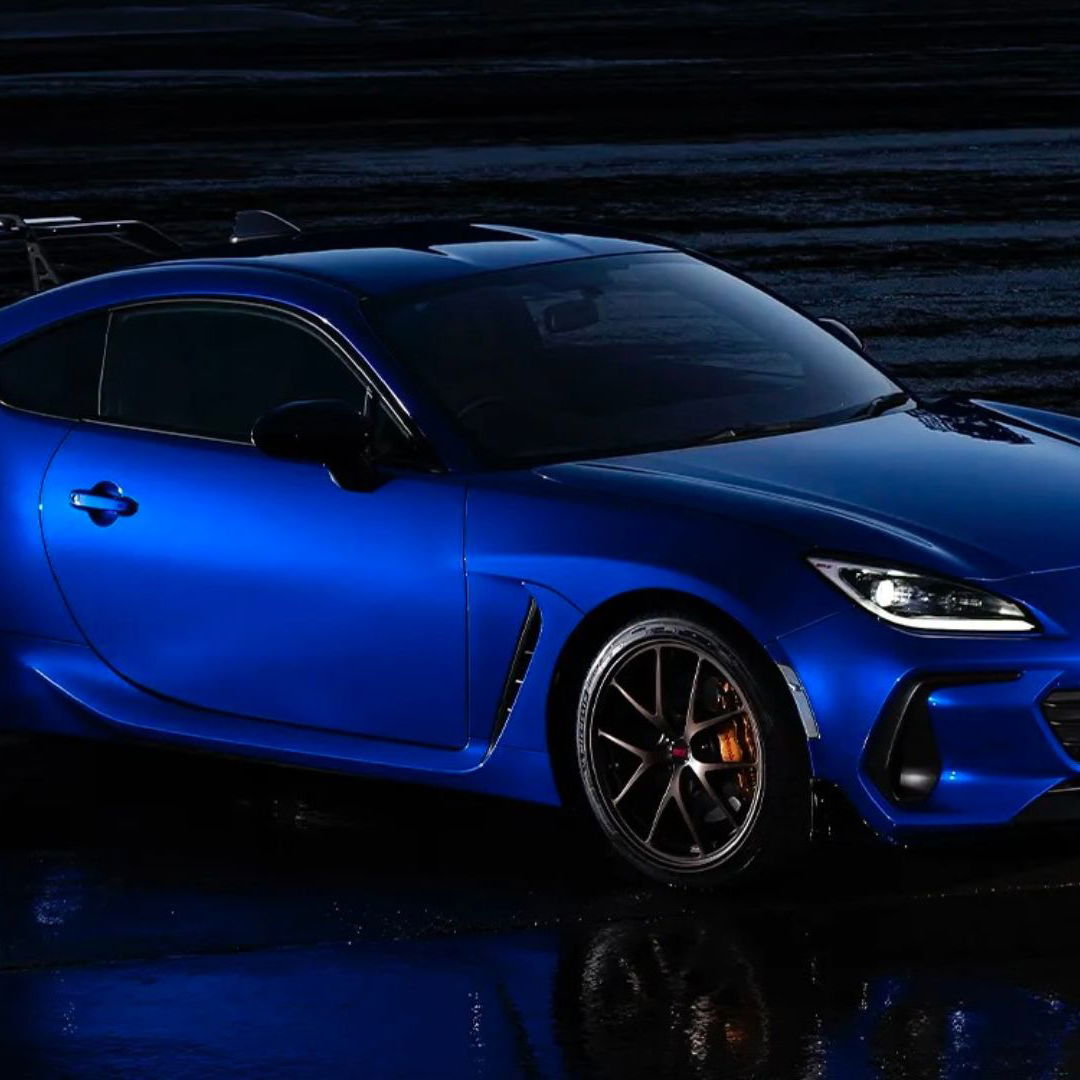
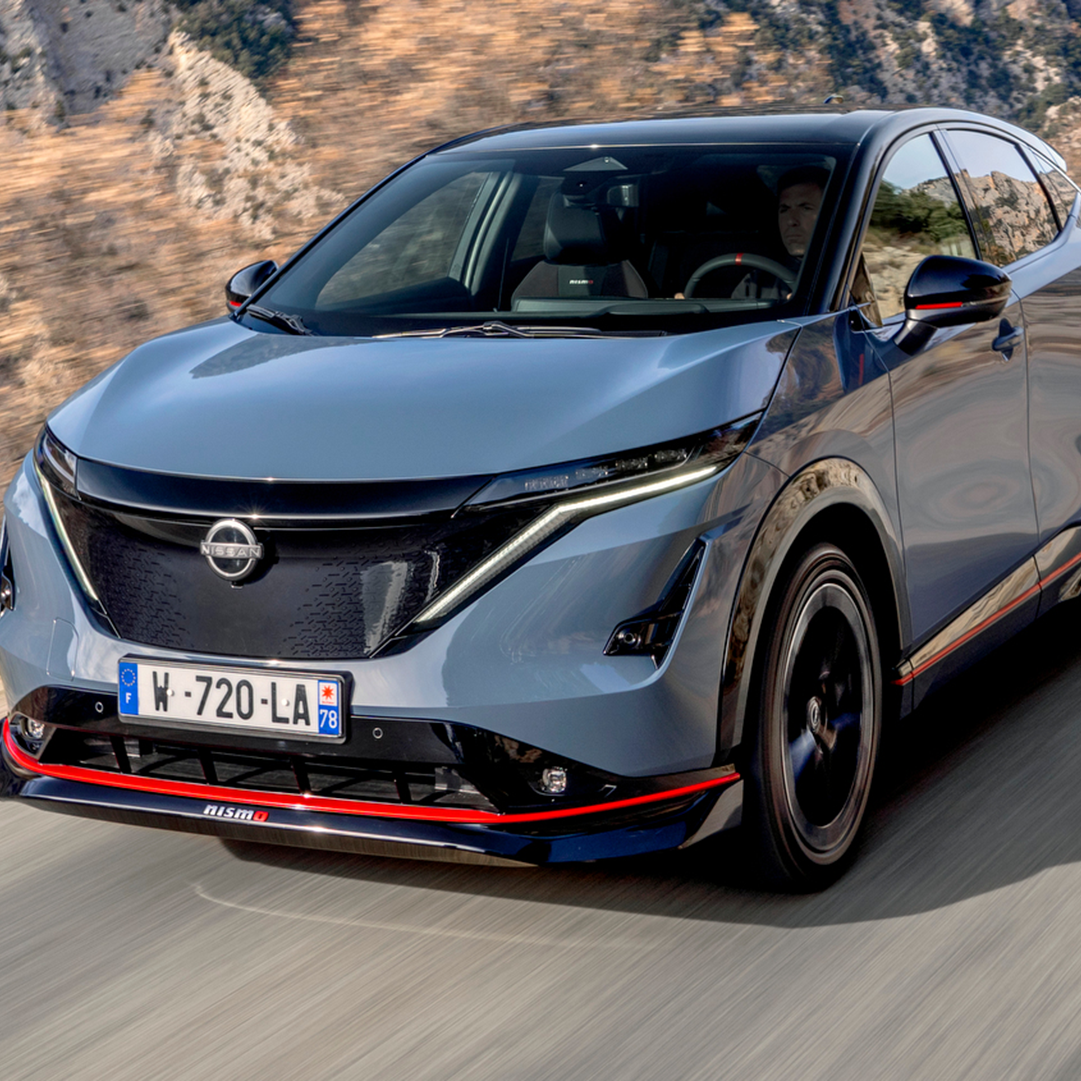
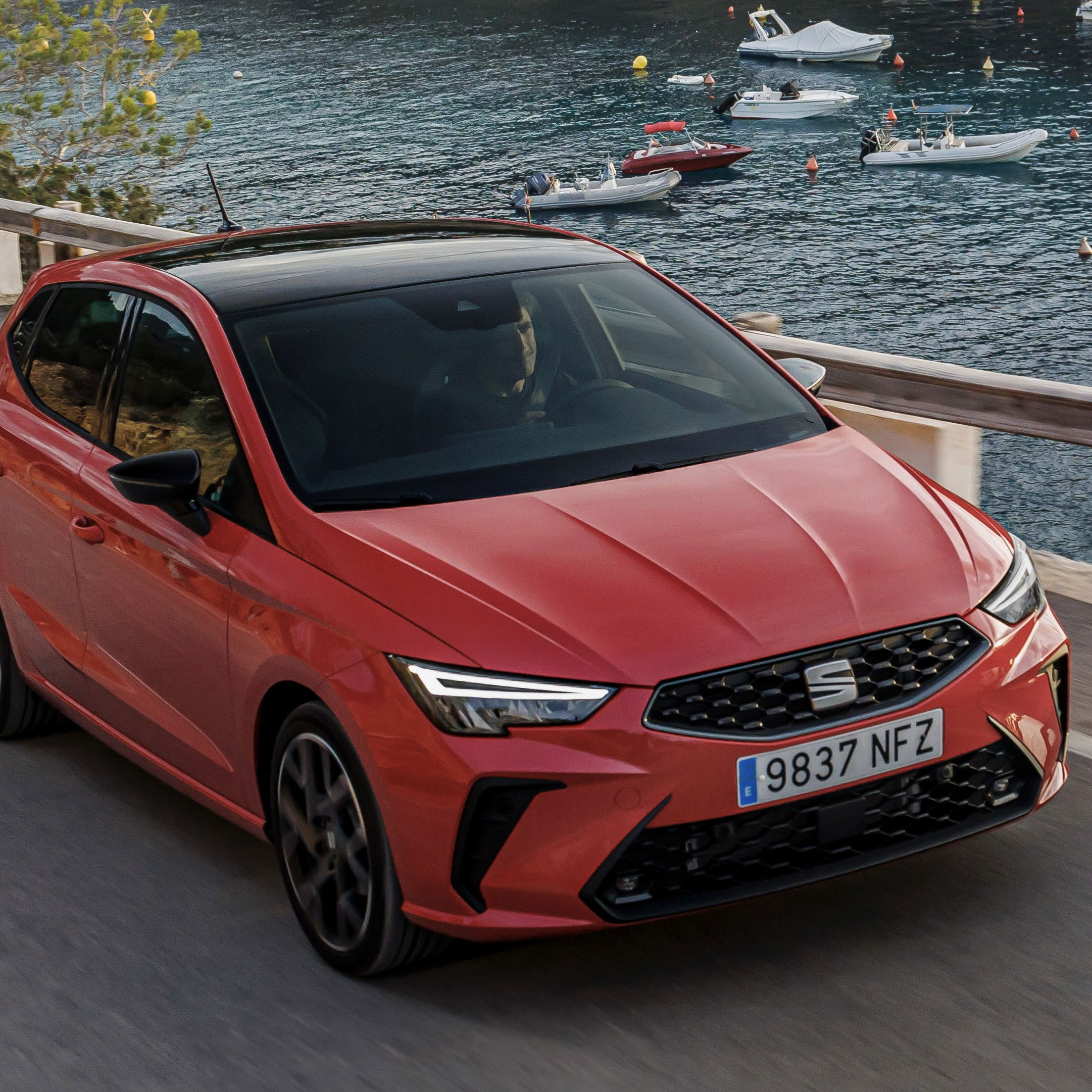

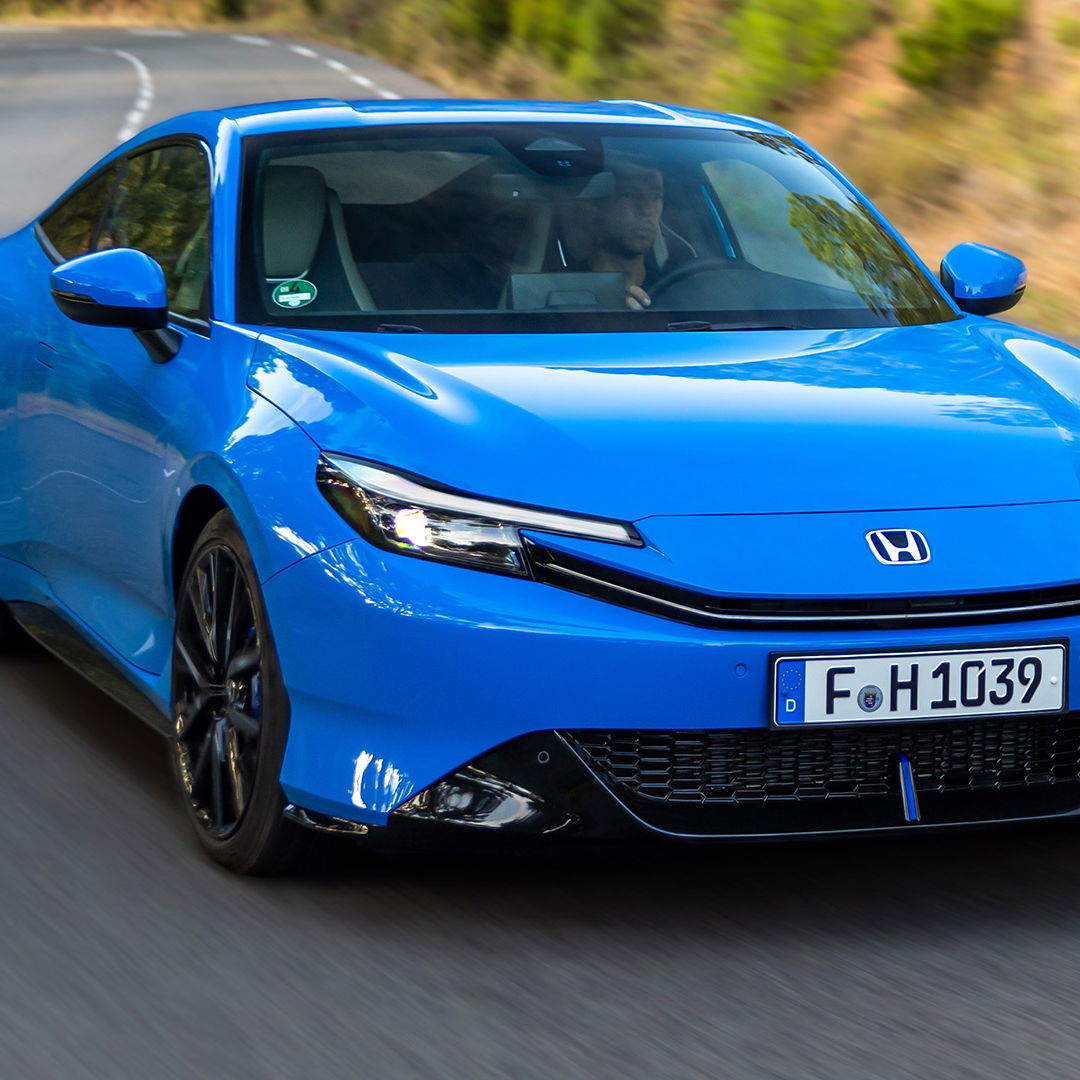
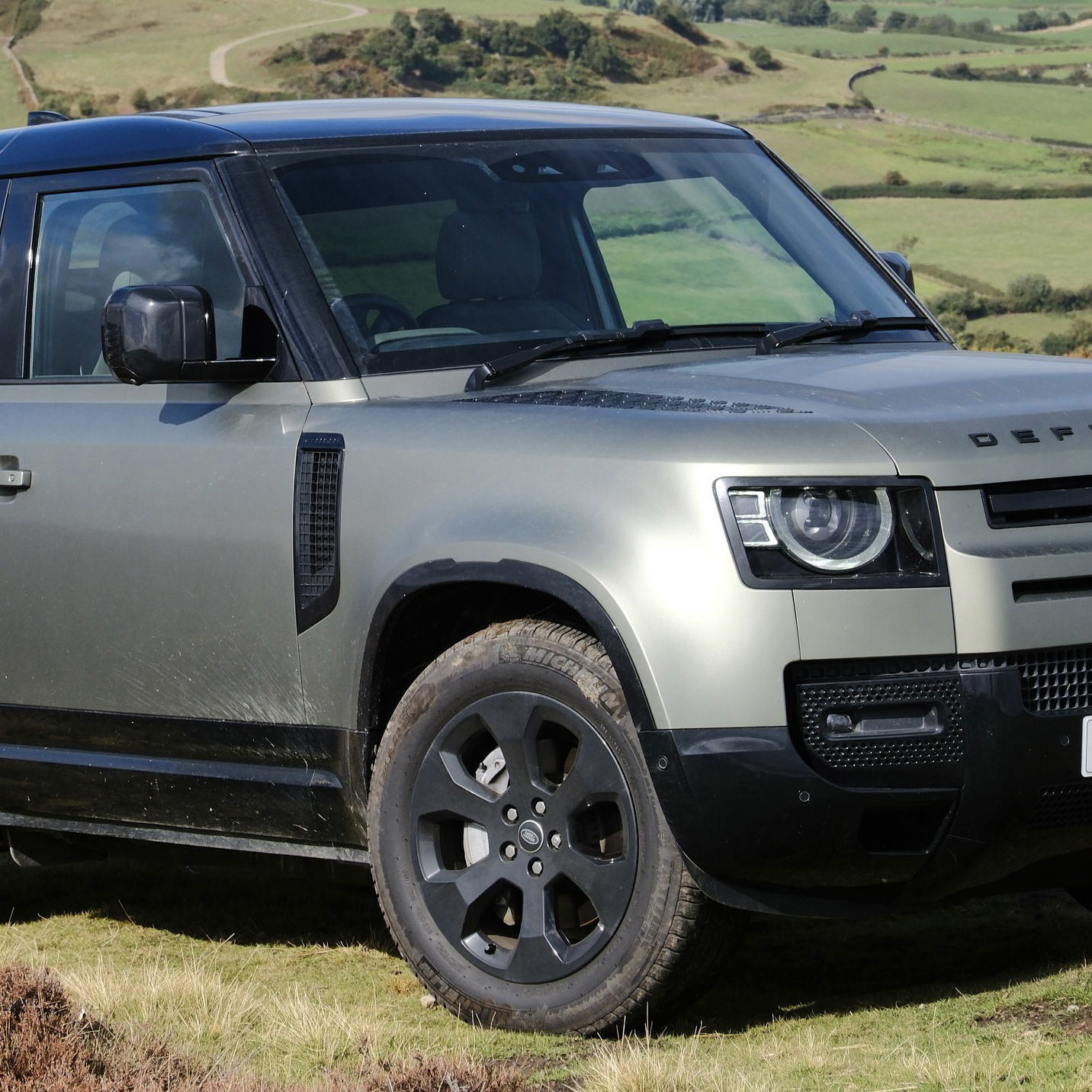

Comments
Great article and objective overview, especially for folks considering buying a lesser-model Stagea rather than going all out for a turbo manual. Given that folks from anywhere could read this, I’d say your thoughts are pretty accurate in regards to availability, etc. I once drove an NA Skyline RB20 and it was the most miserable thing ever, almost as pathetic as a Paseo (AUDM). Then I drove an NA Stagea and it was sluggish and uninspiring. Honestly I probably wouldn’t even consider the manual, turbo 4wd Stagea to be the same car as the auto/NA Stagea. They’re too different (even different subframe). The C34 Stagea turbo is incredibly easy to mod and has a very active community supporting it, so if you can find one, it’s a steal in terms of power, running gear and engine. Better yet, find a Series 2 NEO engine and you have substantially better parts from the factory. Parts aren’t too difficult to find (thankyou Australian parts dealers who sell online), there are a lot of crossover parts from other Nissans and if you focus on buying a turbo, the weight in the car isn’t really felt too much, IF you pair that power with some coilovers. Once set up and fun to drive, this wagon has far more space than Subarus I’ve considered buying in the past. All in all, I could write an article about how the Stagea RS4S is the perfect vehicle for the Pacific Northwest - I’ll be running 2 inches higher for winter, on snow tires in the mountains, and in summer I’ll be boosted, lowered on wide tires and enjoying the mountain roadtrips and sleeping in the back.
I drove a rb25det and thought it was ok but didnt drive as sharp and give me the same feeling as the gtb so you can see what i bought.
Pagination